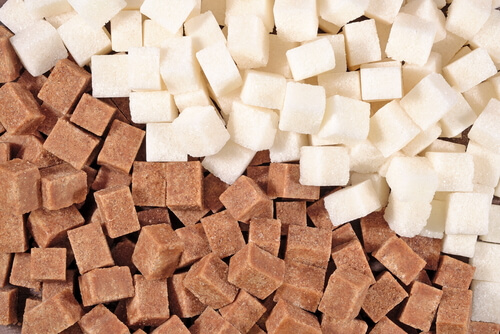The sourcing of beet sugar vs cane sugar affects environmental sustainability in the sugar industry.
The sourcing of beet sugar vs cane sugar affects environmental sustainability in the sugar industry.
Blog Article
Recognizing the Nutritional Perks of Beet Sugar Vs Walking Cane Sugar for Wellness Conscious Customers
When examining the dietary implications of beet sugar versus walking cane sugar, health-conscious customers discover that both ranges mostly are composed of sucrose and deal comparable calorie worths, each adding about 16 calories per teaspoon. In spite of this similarity, neither type gives considerable health and wellness advantages, as they are lacking vital nutrients. Exploring the more comprehensive impacts, including ecological considerations and long-term health results of sugar intake, could brighten a lot more nuanced distinctions between these two sugars.
Nutritional Account and Caloric Value of Beetroot Sugar and Cane Sugar
Although both beetroot sugar and cane sugar are primarily made up of sucrose, their nutritional profiles and calorie values are extremely similar. Each provides around 16 calories per tsp and consists virtually totally of carbohydrates, with minimal quantities of protein or fat. These sugars also lack significant quantities of vitamins or minerals. The refinement process strips away most of the intrinsic nutrients, rendering both types nearly the same in regards to nutrition. There are trace differences in the pollutants that remain after handling, which can somewhat influence the flavor and color of the sugars, however these are minimal in regards to health influence. For consumers concentrating on nutritional impact, the choice between beetroot and walking stick sugar is a lot more concerning personal preference or potential environmental problems instead of nutritional differences. Both ought to be consumed in moderation within a balanced diet plan as a result of their high caloric content and lack of crucial nutrients (beet sugar vs cane sugar).
Environmental Impact and Sustainability of Sugar Manufacturing
While the nutritional distinctions in between beetroot sugar and walking stick sugar are minimal, their production procedures present even more considerable differences, particularly in terms of environmental influence and sustainability. In contrast, beetroot sugar production commonly requires less land and can be cultivated in even more pleasant environments, which may minimize the demand for irrigation and the connected water source depletion.
Nevertheless, beet farming is not without its ecological challenges; it includes considerable power inputs, particularly in the northern environments where it is expanded, due to the need for longer heating periods in sugar handling. Both sugar beet and sugar walking cane industries are exploring much more lasting techniques, including crop rotation, natural farming, and enhanced waste administration strategies to mitigate these effects.
Wellness Consequences and Recommendations for Sugar Consumption
Despite their very little dietary distinctions, both beetroot sugar and walking cane sugar can have harmful wellness investigate this site impacts when consumed in unwanted. High consumption of either type of sugar adds to a variety of health issues, including obesity, kind 2 diabetes, and heart disease. Both sugars are pure sucrose and offer no necessary nutrients other than calories, resulting in rapid spikes in blood sugar level levels upon intake.


Final Thought

Report this page